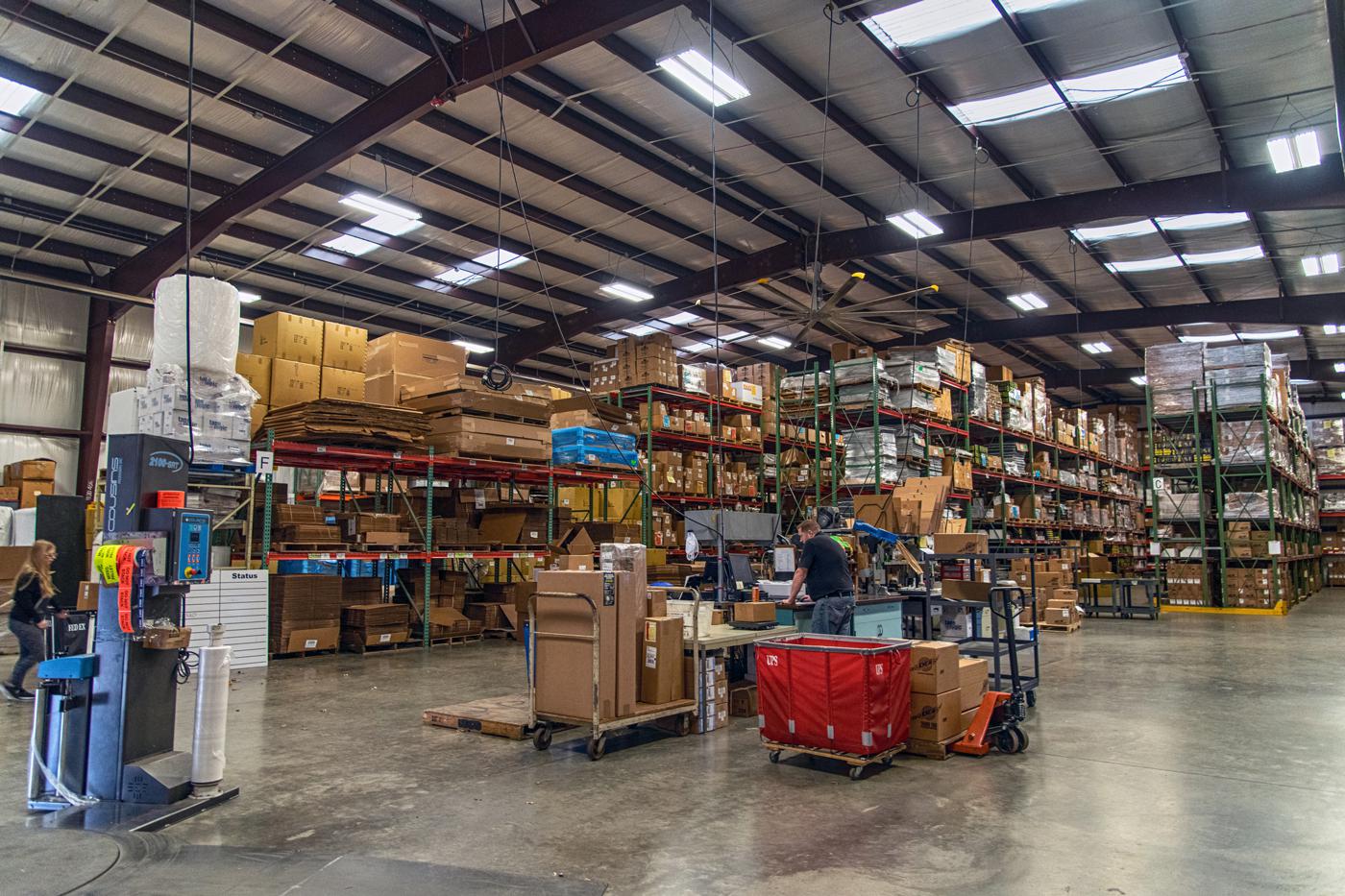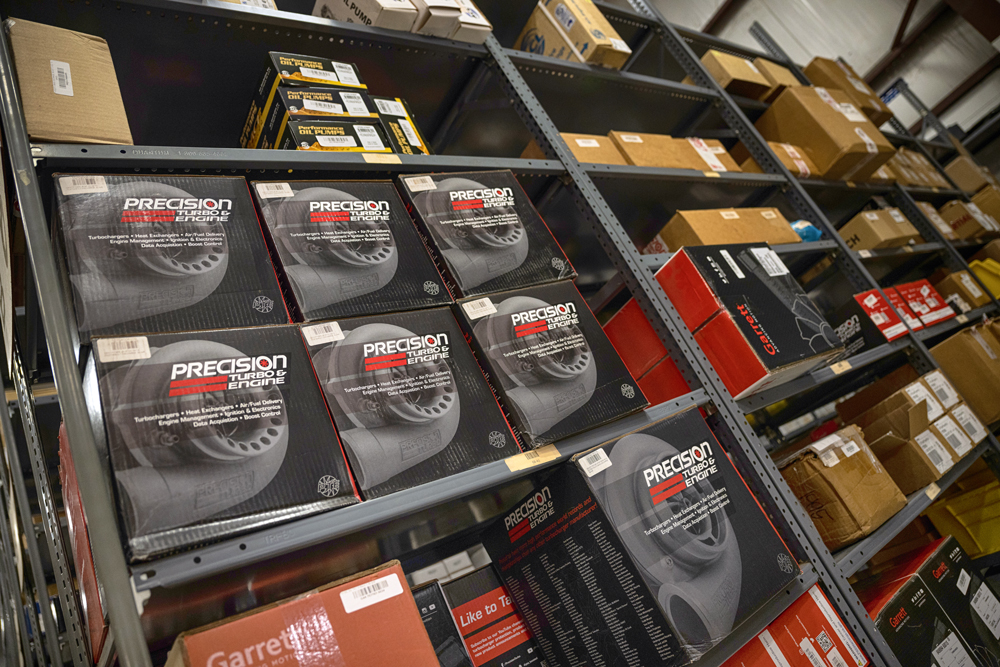Ask the Experts: Working with Manufacturers on Product Returns

A motorsports retailer may be better set up to handle returns than the product’s manufacturer, reported some of our sources. Mike Buca of Design Engineering, Inc. (DEI) clarified, “If the product is being returned for any reason outside of a warranty issue, the proper channel is to go through the place of purchase.”
When it comes to returning a performance part, honesty really is the best policy.
Every manufacturer and retailer has to deal with product returns. But in the racing and performance industry, things can get, well, complicated.
“We had a situation where a guy returned an oil pan that he said he bought two years ago, but it clearly had build data on it from five years ago,” recalled Frank Thibodeau of Moroso Performance Products, Guilford, Connecticut. “He had beat the hell out of it. He said it had never been raced, but it clearly had been bottomed out and scraped on the race track.”
“We had a guy who bought a Turbo 350, had it for a couple months, and burned it up,” said J.C. Beattie Jr. of ATI Performance Products, Baltimore, Maryland. “At first, he said it just burned up, but that sounded wrong with the data he was giving us. As we talked to him, we found out he has an autistic son who loves to do donuts.”
“Probably one of the most extreme situations happened to us many years ago,” recounted Reggie Wynn, sales and marketing manager for Precision Turbo & Engine and Turbonetics, Crown Point, Indiana. “A guy crashed his car, and he had our turbo kit on his car. He told us he crashed the car, but he said, ‘I’m getting another one. Is there anything you guys can do to help me out?’”
Two of those three customers did what manufacturers recommend when it comes to returning products. “We do our best to help anyone who asks for it, but we really appreciate it when people are honest, when they say, ‘Can you help me out?’ rather than, ‘That’s how I got it,’” Thibodeau said. “Manufacturers know their product. They’re going to know in most cases how it was used, if it was abused, and they’re not being told the truth.”
In all three cases—even the questionable oil pan claim—the companies helped the customer. “We’re all racers here,” Thibodeau said. “We could tell that thing hit something on the race track. But we’re still going to help the guy out, because that’s the kind of company we are. We want them to buy a Moroso product in the future. It’s going to cost us a couple of bucks, but we’re going to maintain a customer.”
In the case of that ATI transmission, “after getting the rest of the story and discussing it with him, we were able to make the repair, and everyone was happy at the end of the day,” Beattie said. “We’re a family-owned business, and we try to work with people. In today’s world, a lot of times the manufacturer might need that part back to sell it anyway. As long as you bought it from us, and it’s not really old, installed, or broken, we’ll usually take it back.”
Handling the Return
“If the product is being returned for any reason outside of a warranty issue, the proper channel is to go through the place of purchase,” said Mike Buca of Design Engineering, Inc. (DEI), Avon Lake, Ohio. “Fortunately, because our defective rate is well under 1%, our distributors are not seeing many DEI products being returned. Also, between our website and training of personnel at the distributor level, the chance of a consumer buying the wrong product is also minimal.”
“If you bought a product from Summit or JEGS, they’re set up to handle returns,” Thibodeau pointed out. “They’re probably going to have that part in stock, so they can get you something brand new, right out of the box, whereas a manufacturer may not be set up to do that. We can do it, but we don’t have an automated, streamlined process.”

That’s one reason some manufacturers ask for a restocking fee. “Let’s say a damper comes back, and the packaging is no longer usable, the directions are gone, maybe a decal is missing, stuff like that. We do have to repackage stuff, and it’s not zero cost to us to get your part back. We cannot just toss it right in a shipping box and send it back out,” Beattie said.
For online retailers and other customers who buy in quantity, manufacturers offer stock adjustment programs to handle bulk returns. DEI, for example, has a stock adjustment program that’s “based on how much they bought through the year,” Buca said. “Say they bought some products that didn’t sell. They can do a once-a-year return on that against another order. It’s usually a two-for-one. So if they want to return $100 worth of product, they have to order $200 more of a different product. Then we take that inventory back, as long as it’s new and in saleable condition.”
ATI, too, handles bulk returns and stock adjustments from Summit, JEGS, and other retailers. “They might have 30–40 things to send back once a quarter,” Beattie said. But, he added, “that’s a different story” than direct returns from end users. “We really don’t get a ton of returns, maybe less than five a week. We don’t do RMA numbers—that tells you how small the amount of returns are.”
Return Merchandise Authorization
What Beattie is referring to is a return merchandise authorization number, which most companies ask their customers for when initiating a return. This helps identify and track the part as it goes through the return process.
At Moroso, “we call it an RA number, and we recommend you write it on the outside of the box,” said Thibodeau. “That way when it gets to our returns people, we know there’s already something written up about it. Otherwise, the product could sit for a few days while we try to get in touch with the customer. Contact the manufacturer first, tell them what you want, and it’ll speed up the process.”
Thibodeau said he’s surprised at the number of customers who return products “with no note inside, no return address or phone number. It’s amazing that a guy will buy a $2,000 dry sump pump and will send it back with no information.”
Thibodeau offered one more tip: “We like to see clean parts coming out of a box. You want to make it in as good a shape as you can for the manufacturer to go through, so they don’t have to spend a lot of time cleaning it. It goes a long way if you can do something a little helpful for the next person. Usually, you get a better result than you would normally. But there again, we’re going to help people either way because that’s just the type of company we are.”
 MEMBERSHIP LOGIN
MEMBERSHIP LOGIN JOIN PRI
JOIN PRI


